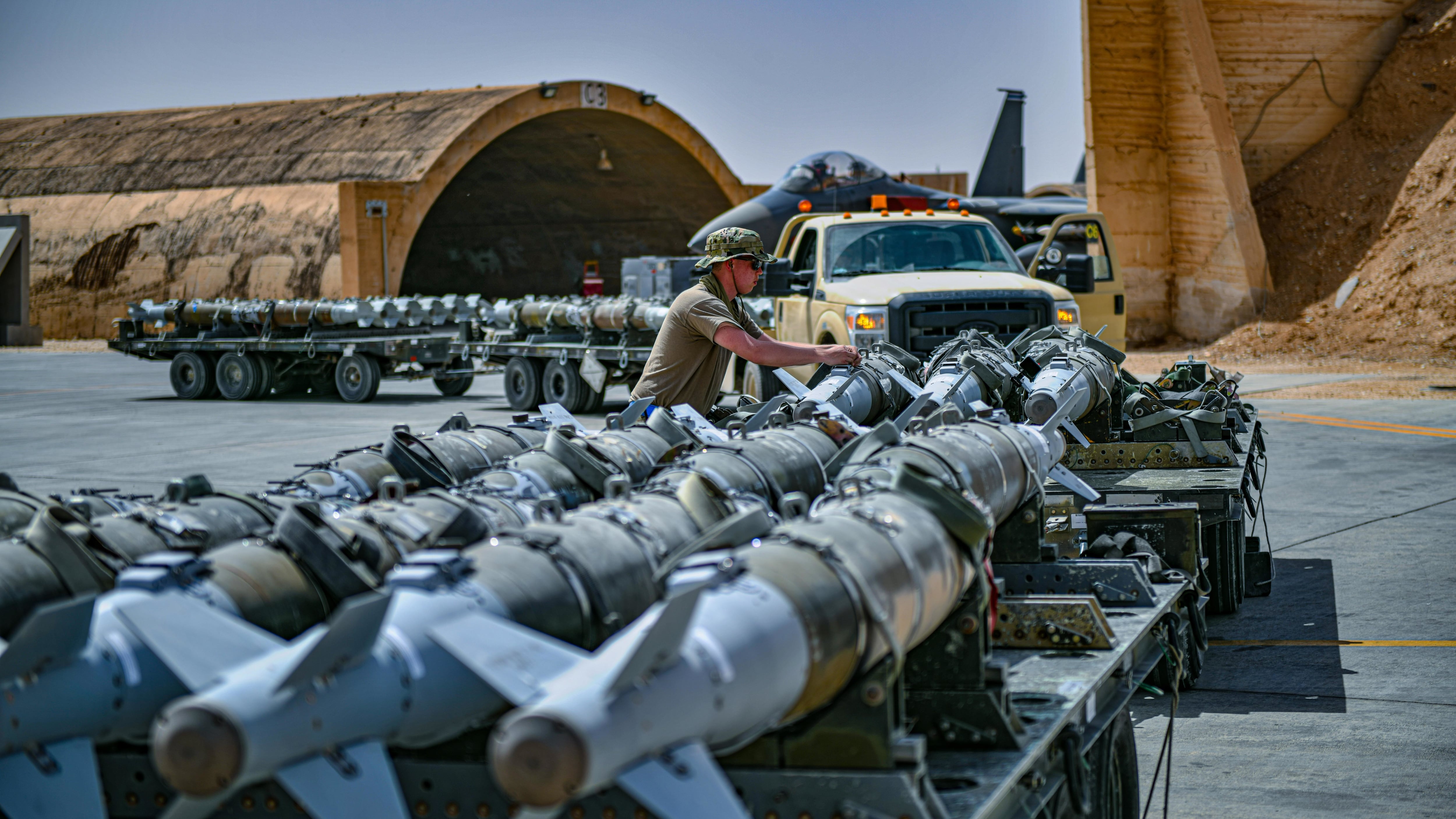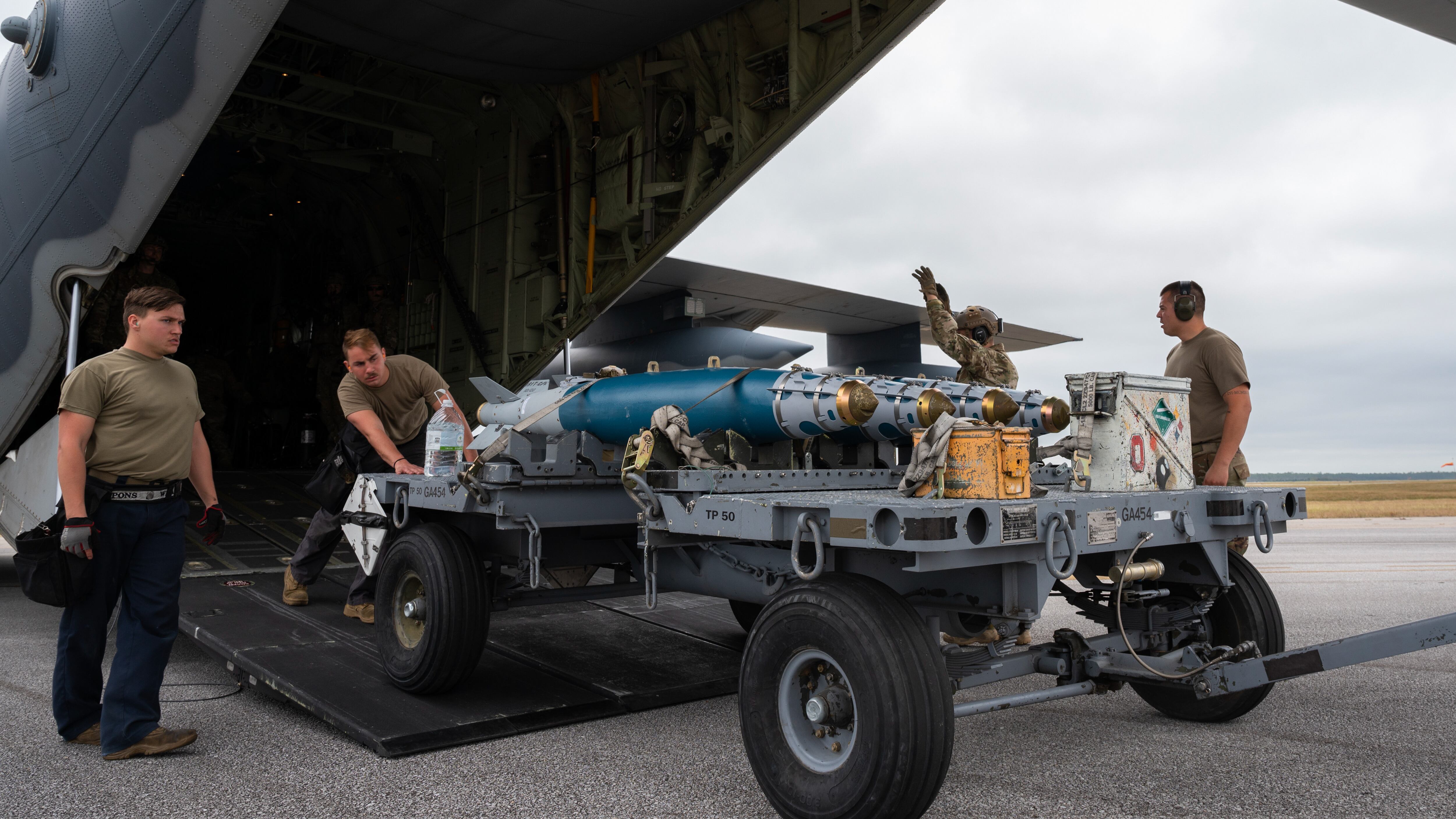Air Force units are moving toward two-year combat deployment cycles that service leaders hope will keep airmen and their planes mission-ready without stretching them too thin.
The service wants to add a needed dose of predictability to its operations after three decades of nonstop military involvement in the Middle East. It comes as its focus and resources are increasingly split between continued air warfare in southeast Asia and Africa, and countering Russian influence and Chinese strength across the globe.
“For the past 15, 16 years … whatever was needed, we would send,” Air Force Chief of Staff Gen. Charles “CQ” Brown said at an Aug. 6 event hosted by the National Press Club. “What we’re doing is running ourselves ragged.”
RELATED

Under the new plan, airmen would spend a year on local and large-scale training before becoming available to head overseas. Deployments as part of defense secretary-directed operations, regular rotations through Air Force military hubs in other countries, or other ready-response forces would last another six months — like normal deployments now.
Airmen would then return home for a final six months of reconnecting with family, in-depth aircraft repairs and upgrades, and brushing up on basic skills.
“It drives a bit more discipline, not only for us as the United States Air Force but as we work with the Joint Staff and the combatant commands about how we deploy forces,” Brown said, “so we don’t burn everything up, and then wish we had it ready to go if there was some type of crisis.”
The revamped approach to preparing for and going to war will go into effect in the fall of 2022 or later and become more robust over time. It’s designed to keep a ready force on tap without sacrificing training, maintenance and time at home.
“This new model will make it easier for us to articulate available forces to the combatant commanders,” said Lt. Gen. Joseph Guastella, deputy chief of staff for operations, in an Aug. 5 news release. “Just because they are available doesn’t necessarily mean they are ready.”
The service hasn’t said how it will spread out the timing of its units in the two-year cycle to avoid gaps in fighter, bomber or other aircraft availability.
RELATED

The plan dovetails with other concepts in the works, including “lead wing,” an effort to group squadrons together to train and plan throughout the year. That helps airmen work better as a team when deployed on real-world missions, instead of figuring out roles and tactics once everyone arrives overseas.
Expectations for where troops will spend their time when deploying are changing as well. Rather than send airmen to a single base to handle missions from that launching point, they could be sent to fly a sortie over Europe before briefly swinging through the Middle East and then Africa as needs arise. That may provide less predictability for airmen, but offer more flexibility to regional commanders.
“That’s something I think that we’ve done really well this year, is trying to do cross-combatant command sharing of resources and capabilities,” Lt. Gen. Gregory Guillot, who oversees Air Force personnel and resources in the Middle East, told Air Force Times in a recent interview. “We’re actually able to send aircrews and ground crews home more ready than when they came over.”
Rachel Cohen is the editor of Air Force Times. She joined the publication as its senior reporter in March 2021. Her work has appeared in the Washington Post, the Frederick News-Post (Md.), Air and Space Forces Magazine, Inside Defense, Inside Health Policy and elsewhere.




